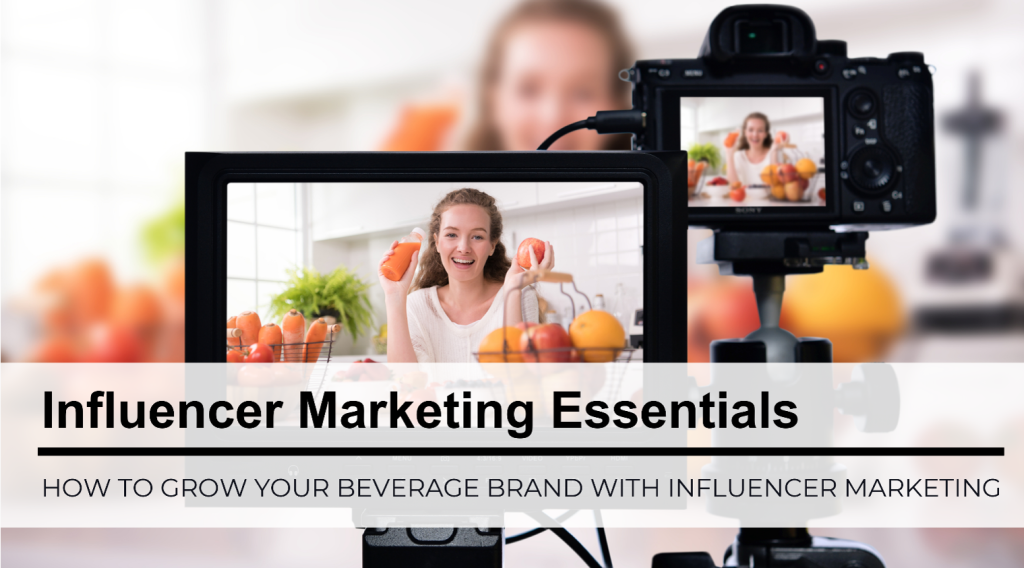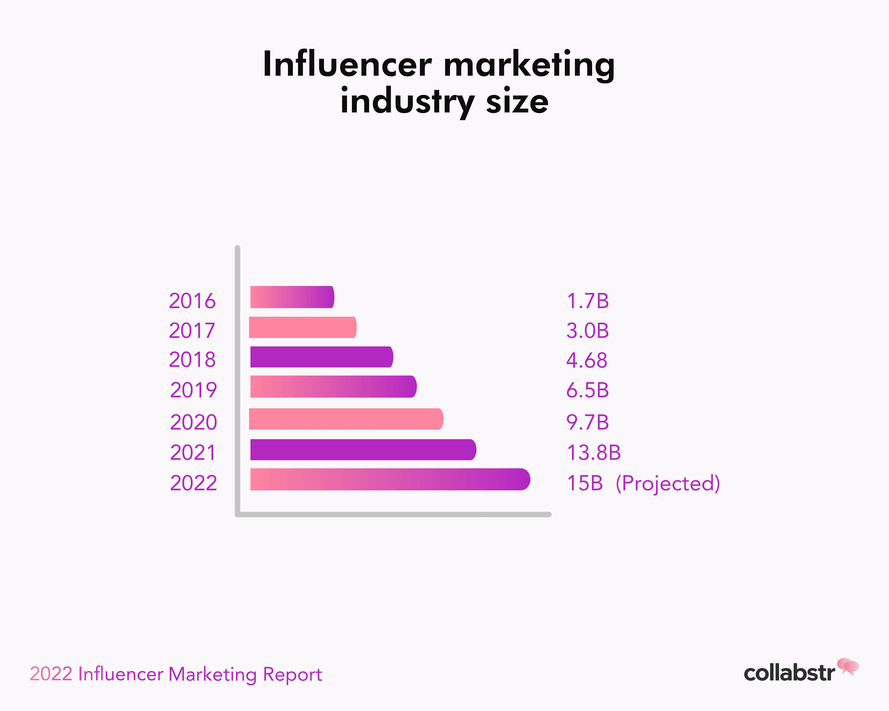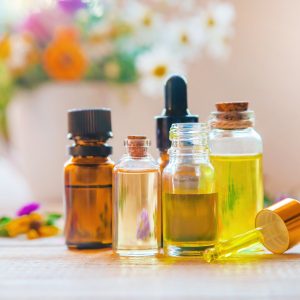Influencer marketing campaigns can be highly effective for beverage brands. To get the most out of influencer marketing, you need to understand how it works and the different types of influencers. You’ll also need to know how to match your brand with the right kind of influencer. Here are a few essential tips and tricks to help maximize your beverage brand’s influencer marketing strategy.
What is Influencer Marketing?
What is influencer marketing exactly? In simple terms, influencer marketing is when a brand works with an influential person or persons to promote its product. Influencers can promote your brand through social media posts, blog posts, sponsored videos, or various other methods. Brands will spend $15 billion on influencer marketing in 2022.
Types of Influencers
Influencers fall into four categories based on their audience or following size.
Nano-influencers: Nano-influencers are social media users with anywhere from 100 to 10,000 followers. They are not professional “influencers,” but they can be some of the most successful when it comes to getting people to buy. According to Nielsen, 92% of people trust recommendations from friends and family over any other type of advertising.
Micro-influencers: Micro-influencers are everyday consumers who have a small but engaged following of fewer than 50,000 people. They’re often experts in their niche and are considered thought-leaders by their peers. Micro-influencers bring high engagement and trust from a specialized target market.
Macro-influencers: Macro-influencers are celebrities, TV personalities, athletes or social media personalities, and thought leaders with more than 100,000 followers. They often influence multiple industries and niches. Macro-influencers have experience working with different types of brands and usually have a formula and process for how they present products to their audiences.
Mega-influencers: Mega-influencers are the most prominent names on social media. With millions of followers, they have global reach and can significantly move the needle for your brand. A more extensive reach also means mega-influencers come at a much higher price tag and have a lower level of engagement.
Choosing the Right Influencer
The most critical step in any influencer marketing campaign is selecting the right influencer for your brand and goals.
Here are a few tips for finding the right influencer:
Define your goals: What do you want to achieve with your influencer marketing campaign? Do you want to increase brand awareness, drive traffic to your website, or boost sales? Once you know your goals, you can narrow down your search.
Consider your budget: Influencers will charge different rates based on their reach and influence. It’s essential to consider your budget when choosing an influencer.
Evaluate their audience: Take a close look at the influencer’s audience. Is it engaged and active? Do they match your target demographic? Make sure that the influencer’s audience is one that you’re looking to reach.
Check their content: What kind of content does the influencer typically produce? Is it high quality and on-brand? You want to make sure that the influencer is creating content aligned with your values, target market, and future goals.
Assess their influence: Some influencers boast a substantial social media following but cannot generate engagement from their audience. Followers and likes don’t measure authentic engagement.
Note your influencers’ post comments and shares to see how excited and engaged their audience is. You can also use a tool like Kred to collect metrics like “influence measure” and “outreach level.”
Tips for Maximizing Your Influencer Marketing Campaign
Once you’ve selected the right influencer, it’s time to start thinking about how to maximize your campaign. Here are a few tips:
Equip your influencers to create: Give them inspiration and information over instructions. You want your influencers to create engaging, on-brand content that resonates with their audiences. Give them something they will feel compelled to share and the flexibility to do it in alignment with their brand. Leave a lasting impression with generous, creative product gifts and samples.
Be aware of rules related to alcohol: Some regions, platforms, and audiences require posts and paid campaigns to follow and disclose age restrictions when promoting alcoholic beverages. Be aware of any regulations that could impact your marketing efforts and inform your influencers of those restrictions.
Be strategic with your placements: Think about where you want to place your content. Do you want to publish it on the influencer’s blog, or would a social media post be more effective? Make sure that you’re strategic with your placements to ensure maximum reach.
Allow your product to pair with others: Beverage influencers often cross over several influencer genres, including food, beauty, photography, fitness, and fashion. Influencers will often incorporate more than one brand into their sponsored posts. If there is good alignment between the products and brands presented, this approach can lead to more authentic and exciting content.
Promote your campaign: Once your campaign is live, promote it! Share it on your social media channels and email list. The more people you can get to see it, the better.
Monitor your results: Monitor your campaign’s progress and track your results. Tracking will help you determine what’s working and what isn’t to adjust your strategy accordingly.
People trust people more than they trust brands. Beverage brands can leverage influencers to reach new audiences, boost brand awareness, and generate sales. With a clear strategy, organized approach, and strong collaboration, beverage companies of any size and stage can find success with influencer marketing.
Do you have any tips for effective influencer marketing? Share them here!



